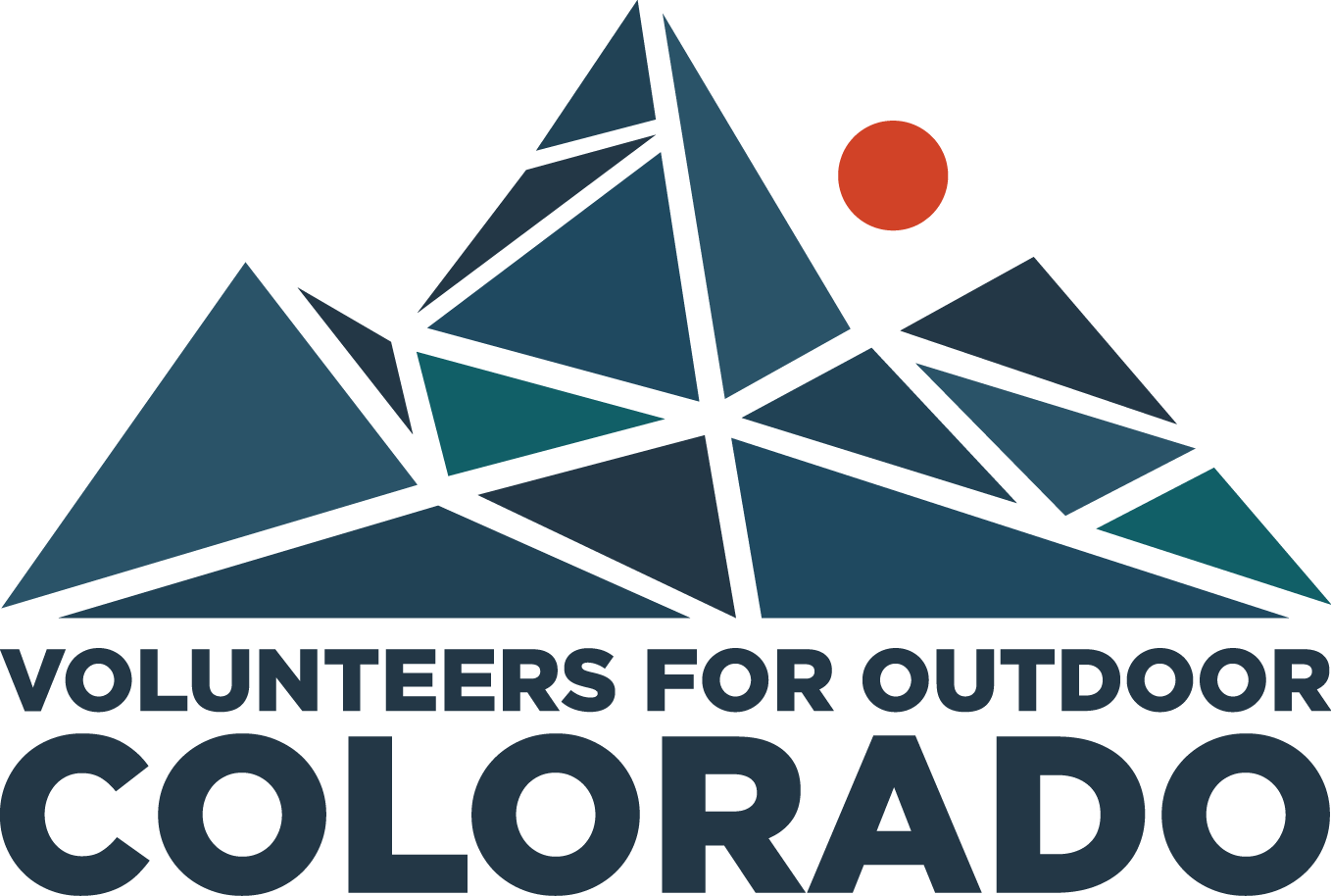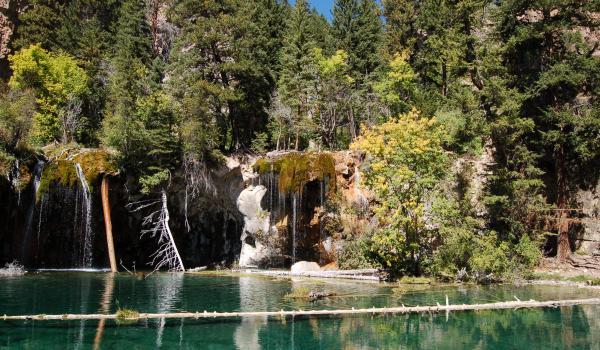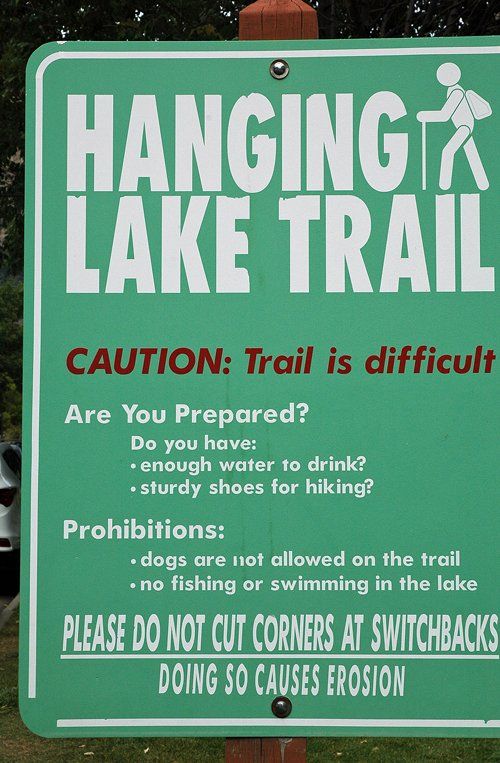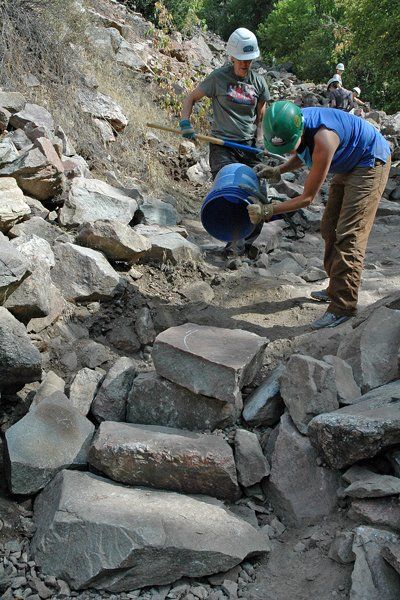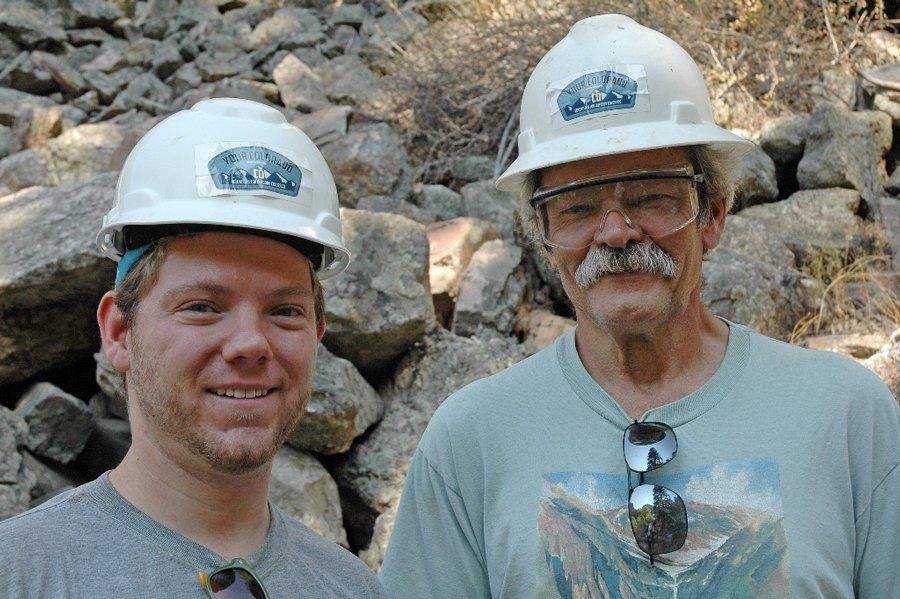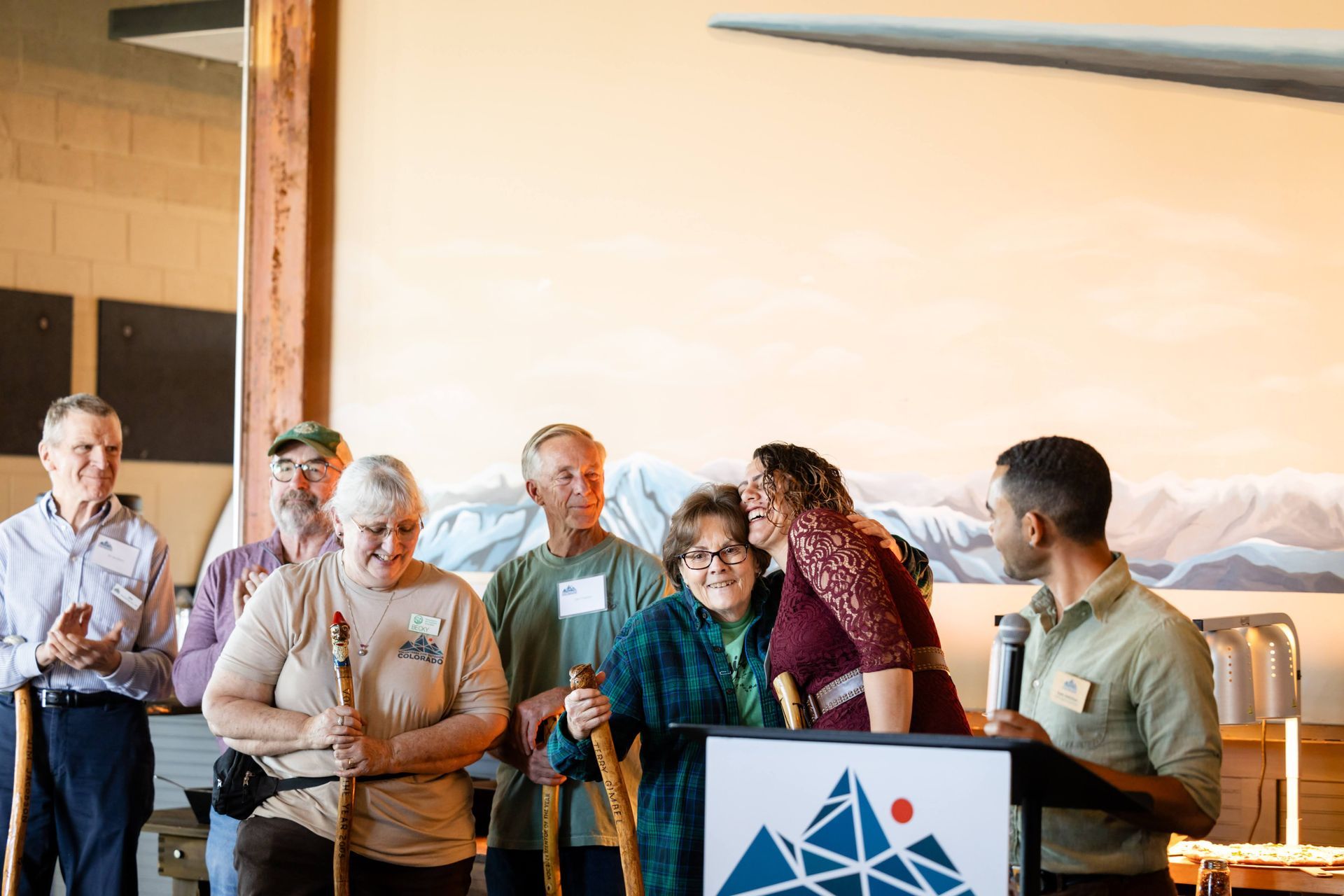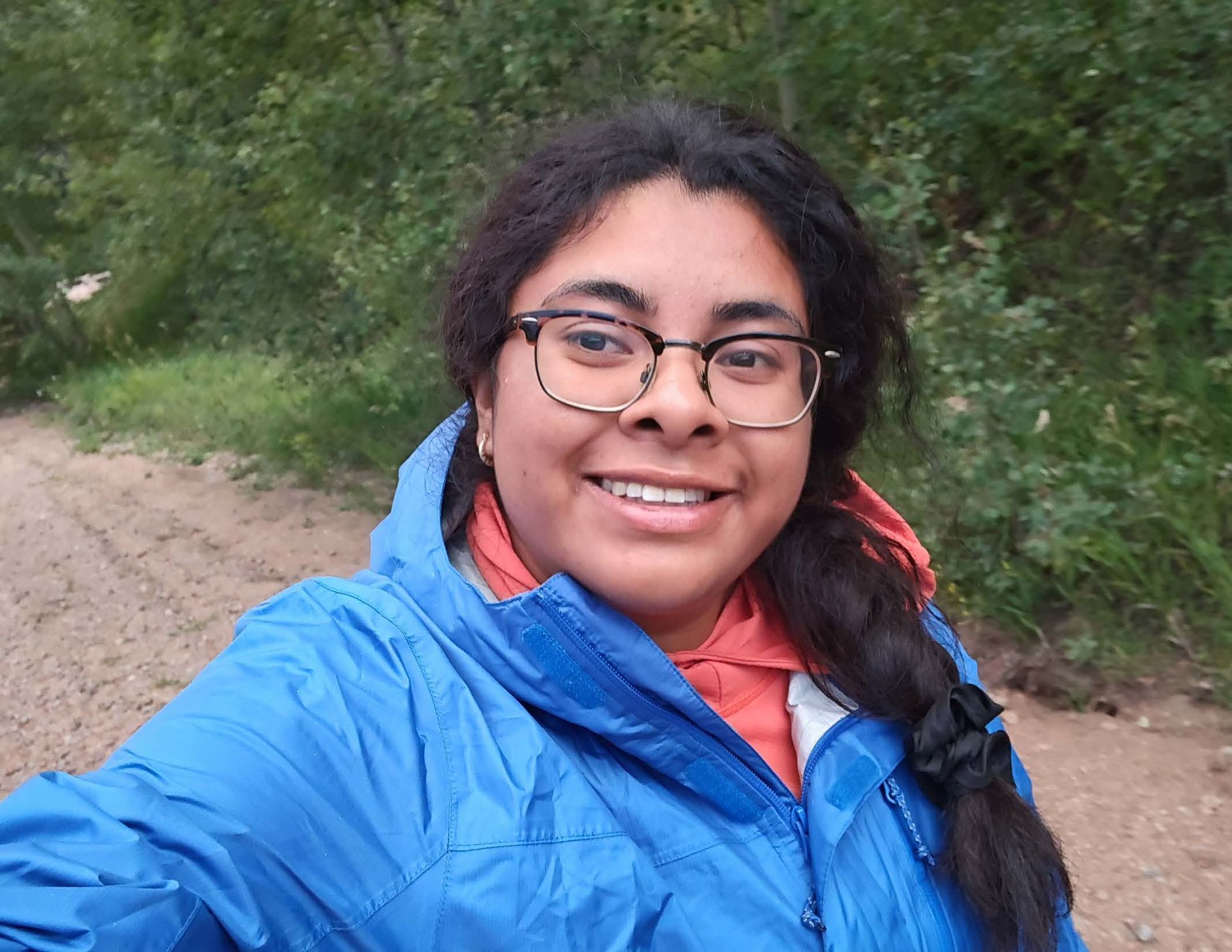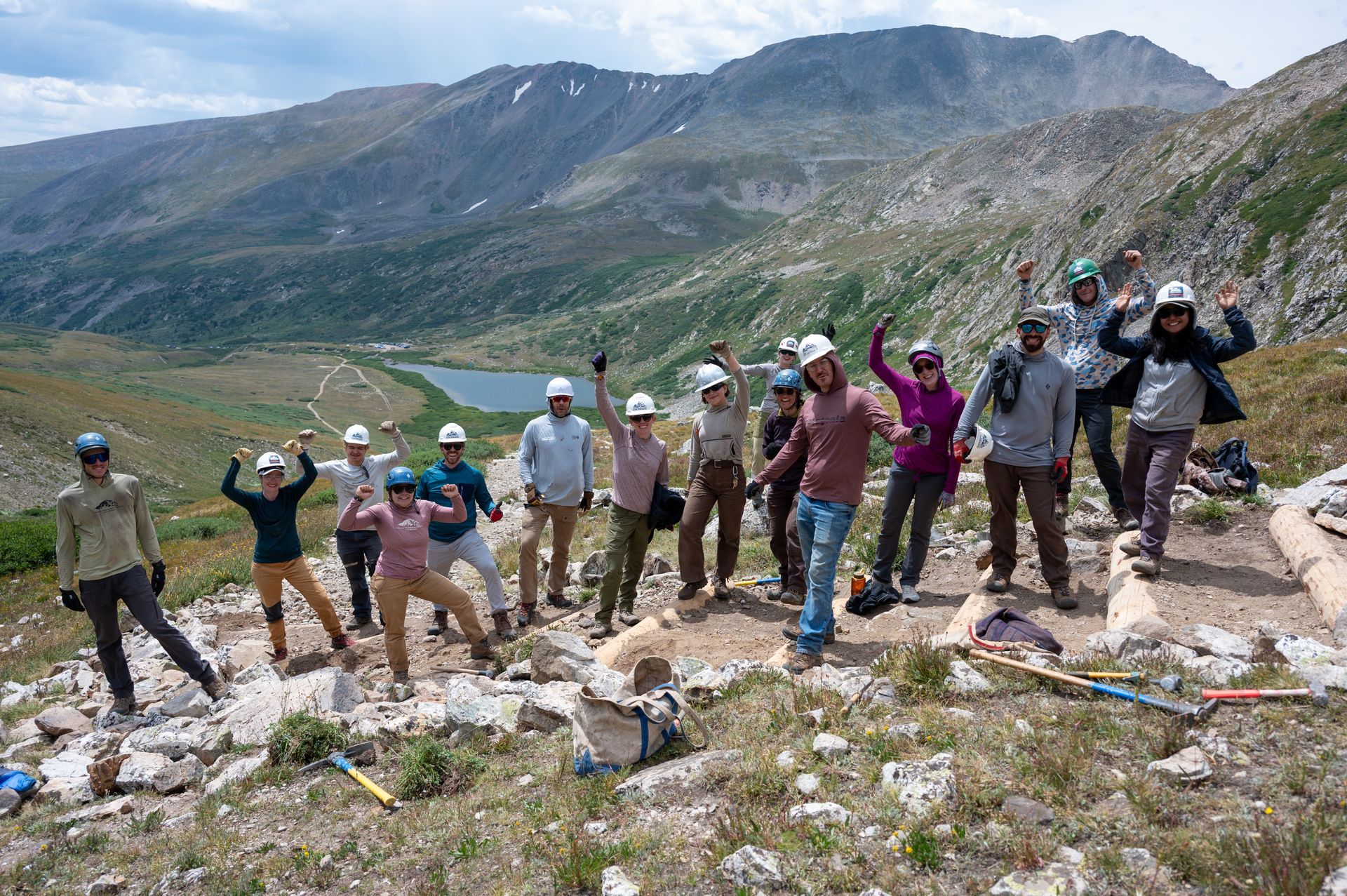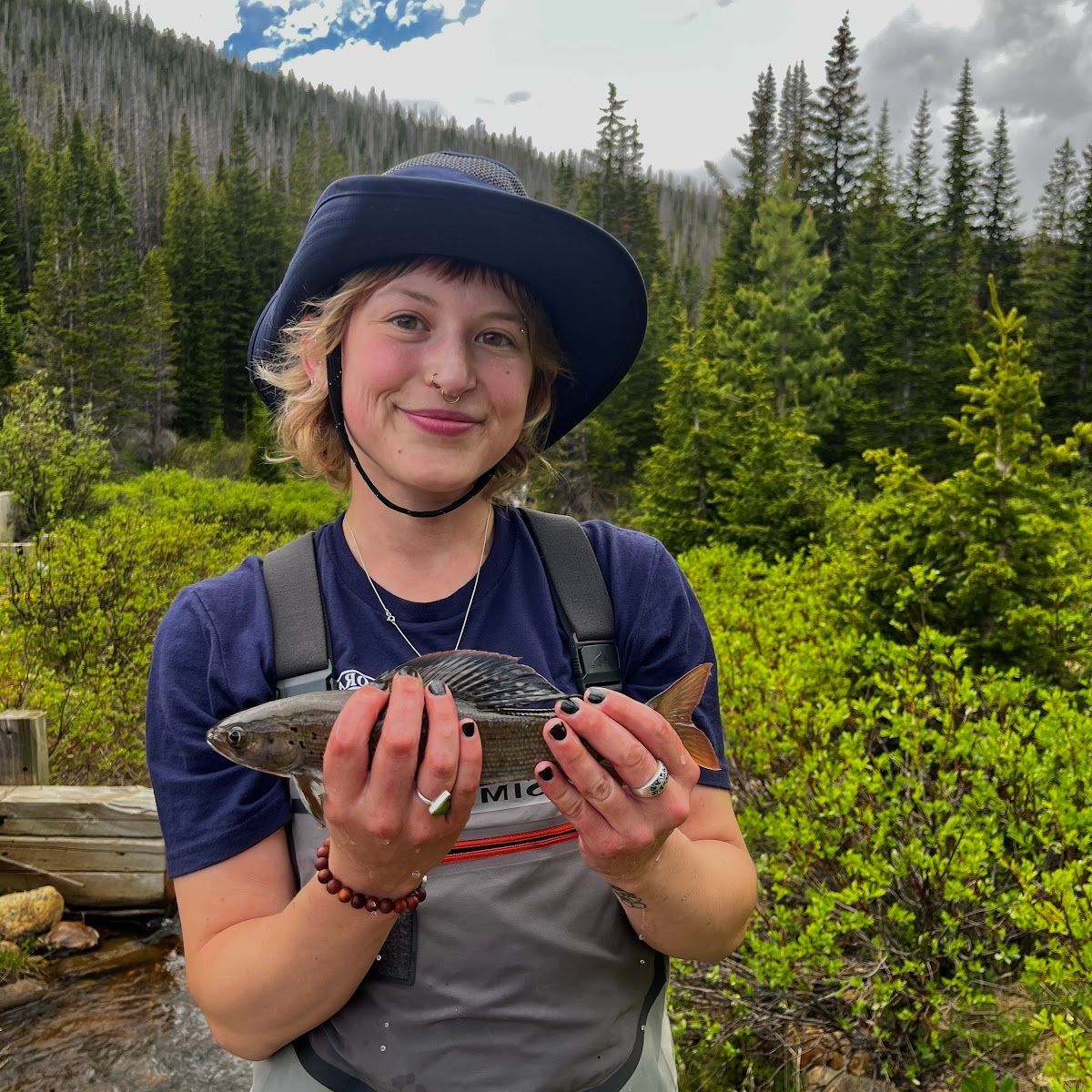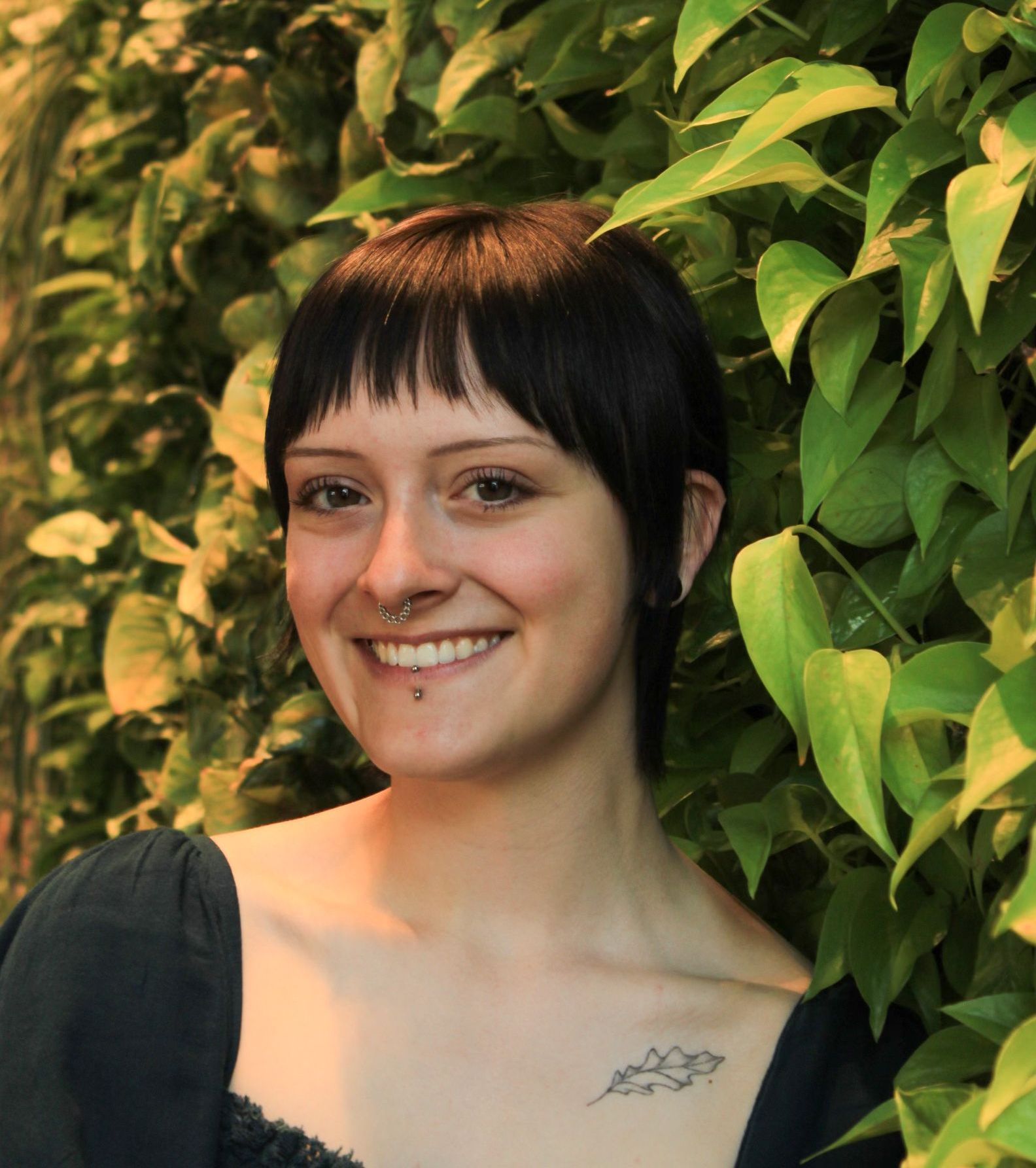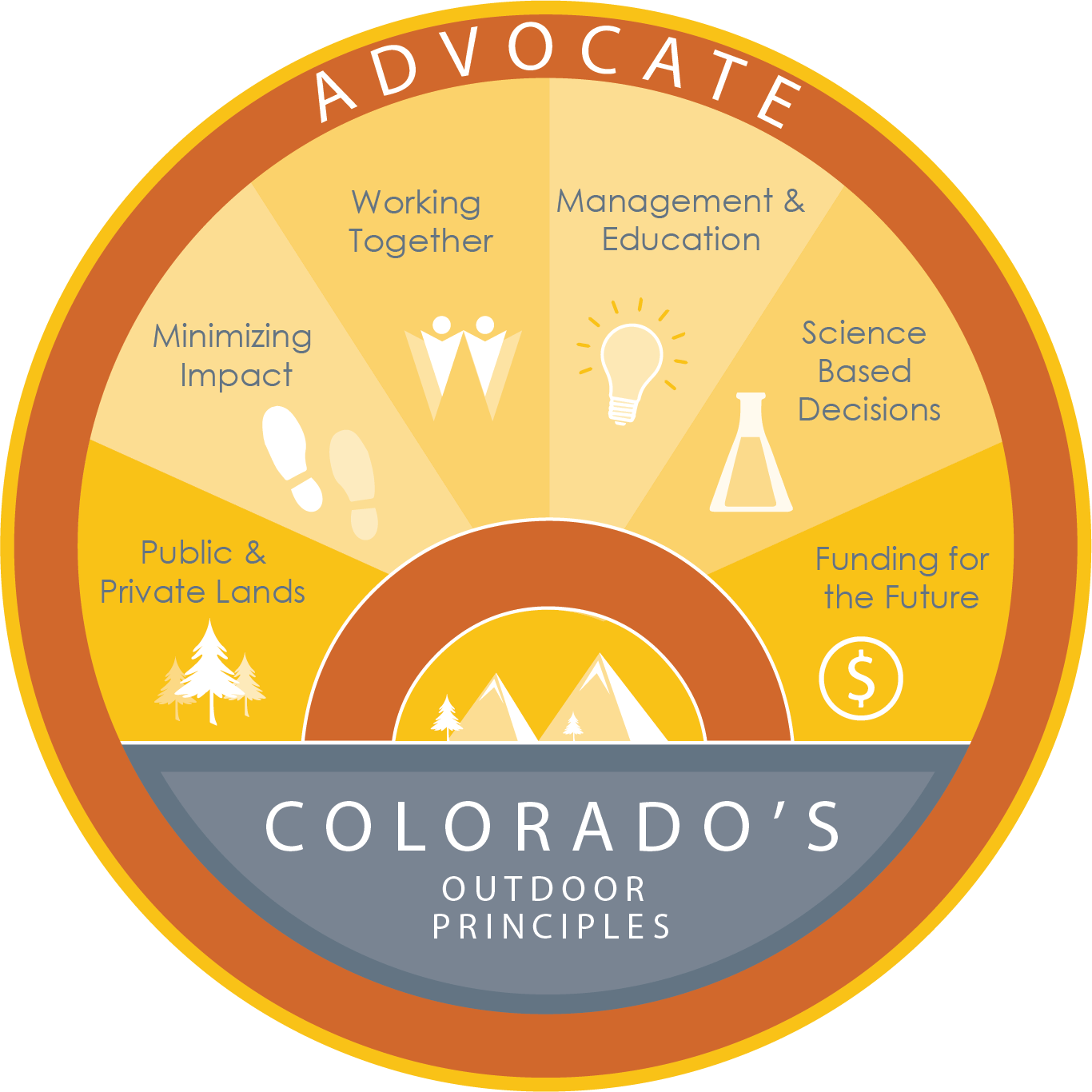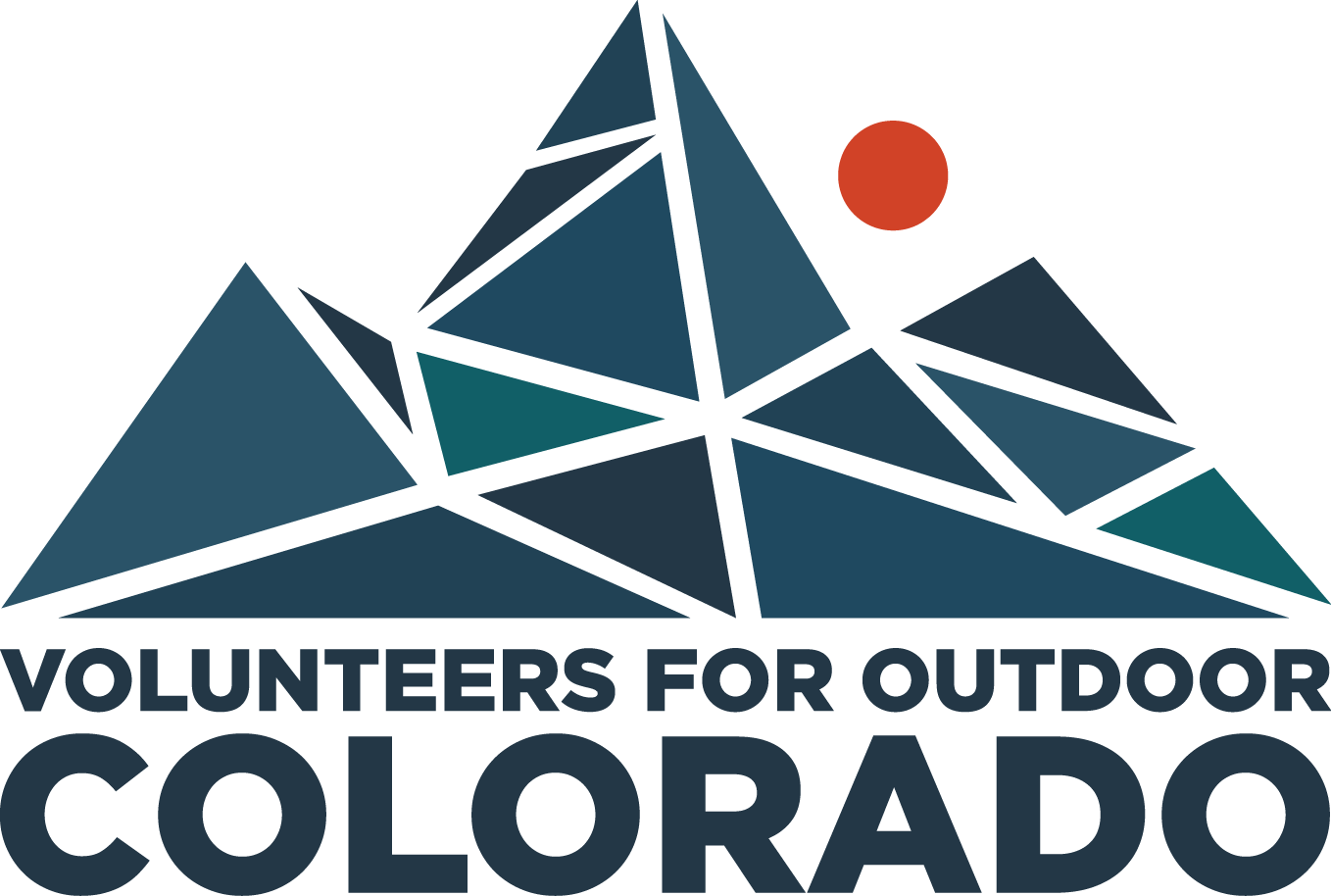Hanging Lake: Past, Present & Future
Alex Schupp • September 19, 2017
Hanging Lake: Past, Present & Future
In Colorado, Hanging Lake is known as a must-see destination. Whether a native or a newcomer, you’ve likely heard about the aquamarine water and cascading falls that put this area at the top of Colorado bucket lists. But you also may have read the recent headlines about increased crowds, overflowing parking, graffiti, and visitors breaking rules - from swimming in the lake to walking on the famous fallen log or bringing their dogs along.
A few weeks ago, Hanging Lake made headlines again when the U.S. Forest Service (USFS) proposed a new management plan for the area, including a reservation and shuttle service to limit daily visitors to 615 people.
But let’s back up: how did we get here? To understand the predicament facing Hanging Lake, we need to go back to the beginning.
Discovering Hanging Lake
How people came to discover Hanging Lake is a bit of a mystery: early tales tell of a man searching for gold in Glenwood Canyon, who stumbled upon a dead horse at the opening of a gulch (the presumed origin of Dead Horse Gulch). When the man followed the gulch, he came upon the turquoise, bowl-like basin “hanging” on the cliffs below.
While historians can’t confirm this, they do know that the lake and surrounding area served as a private homestead for Thomas F. Bailey in the early 1900s, who arguably had the best backyard in the West until 1912, when the town of Glenwood Springs purchased it for $953.
Growing Popularity
Under the ownership of Glenwood Springs, the area became known as Hanging Lake Park and soon began attracting visitors from across the state. To support its newfound popularity, in the 1930s the Civilian Conservation Corps built foot bridges and a rain shelter to make the area more accessible – and resilient – to hikers.
In 1945, Hanging Lake became a true tourist destination with the opening of the Hanging Lake Resort, complete with a café, gas station, cabin rentals, and horses and burros to take visitors to the lake. The resort thrived – and tourism grew – for 23 years until 1968, when the resort closed to make way for the construction of I-70. Though the area returned to the protection of the USFS in 1972, the new highway only opened the area to more visitors.
Forty-five years later, Colorado’s population has doubled and visitation has exploded: up to 1,100 people hike the 1.2 mile-trail each day for a whopping total of 150,000 annual visitors – up from 99,000 just two years ago.
Unique Beauty, Unique Challenges
So what has made Hanging Lake a must-see for over 100 years? It seems like a silly question, but it’s more than just beautiful: geologically-speaking, Hanging Lake is a rarity. Located on a fault line, the lake was formed when part of the valley floor fell away and water filled the area, depositing travertine. A form of limestone rich in calcium carbonate, it is travertine that creates the lake’s stunning color and makes it such a delicate ecosystem: travertine layers are easily damaged by human contact and the oils found on our skin.
It is for this reason that rules have been established at Hanging Lake: dogs, even the best-behaved ones, introduce foreign substances to the fragile ecosystem and going off-trail widens the path and destroys the local habitat, home to rare hanging gardens and one of few breeding sites for Black Swifts.
Yet visitors have continued to break these rules for years: some due to a lack of understanding, others in search of a shareworthy selfie. This delinquency, coupled with exponential use and diminishing maintenance funds, have put Hanging Lake in today’s precarious position.
What You Can Do
The USFS’ new management plan is the result of decades of discussion on how to solve the problems, but it is only part of the solution. There are still limited resources to address these challenges, which is why every Coloradan can and should play a part in preserving this state icon. In addition to responsible recreation, they can take a page from the 1930s Conservation Corps and play an active role in building and maintaining trail infrastructure to preserve both the natural habitat and the user experience.
That’s exactly what nearly 80 volunteers did earlier this month: led by nonprofits Volunteers for Outdoor Colorado (VOC) and Roaring Fork Outdoor Volunteers (RFOV), these everyday Coloradans constructed 40 ft. of fencing, built multiple rock walls, restored 14 water bars, repainted vandalized benches and bridges, and constructed 55 rock steps and 23 large stepping stones in just one weekend! Their efforts will go a long way to preserve Hanging Lake, but it’s not a one-time fix: VOC and RFOV worked to restore the trail in 2010 and 2011, and RFOV will continue to send volunteers to maintain the area each year.
Beyond Hanging Lake
Hanging Lake is only one example of how Colorado’s outdoor places are being challenged by population growth, budget cuts and irresponsible use. With 35% of our state’s lands being public, the maintenance needs are simply too vast for any organization or agency to tackle alone.
But together, we can keep our beloved natural places beautiful, healthy and accessible for generations to come.
We invite you to join us on a volunteer project to see the difference that passionate individuals can make when they work together. If you can’t volunteer, you can still make a positive impact by donating, teaching others how to be responsible stewards, and standing up for Colorado’s public lands whenever you can.
Photos courtesy of volunteer photographer Sharon Menard. Click here to see more photos from our Hanging Lake project!
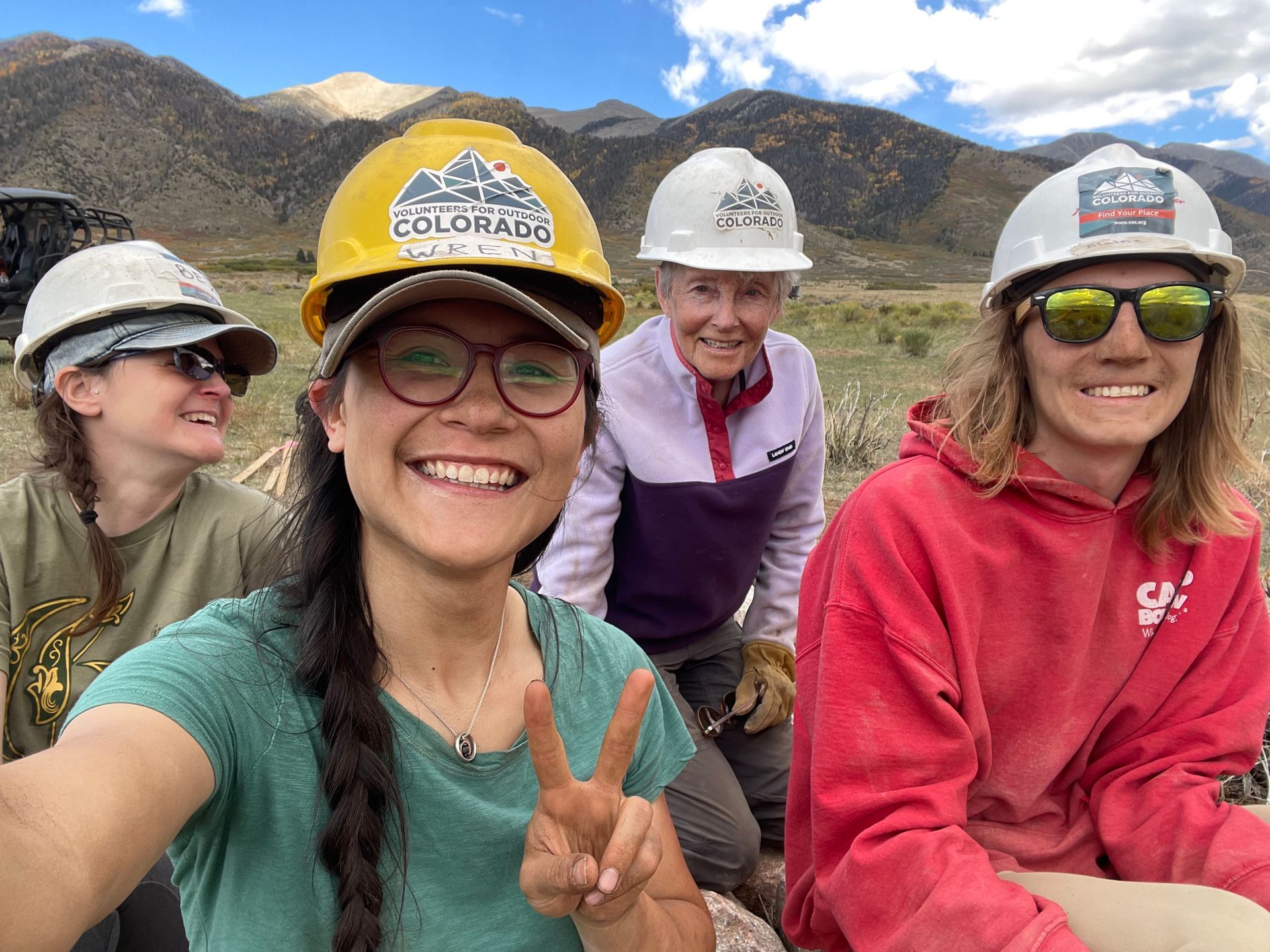
Each September, National Public Lands Day (NPLD) brings people together across the country to give back to the parks, trails, forests, and open spaces we all rely on. While NPLD is often associated with national parks, VOC volunteers proved once again that all types of public land benefit from the care of committed community members.
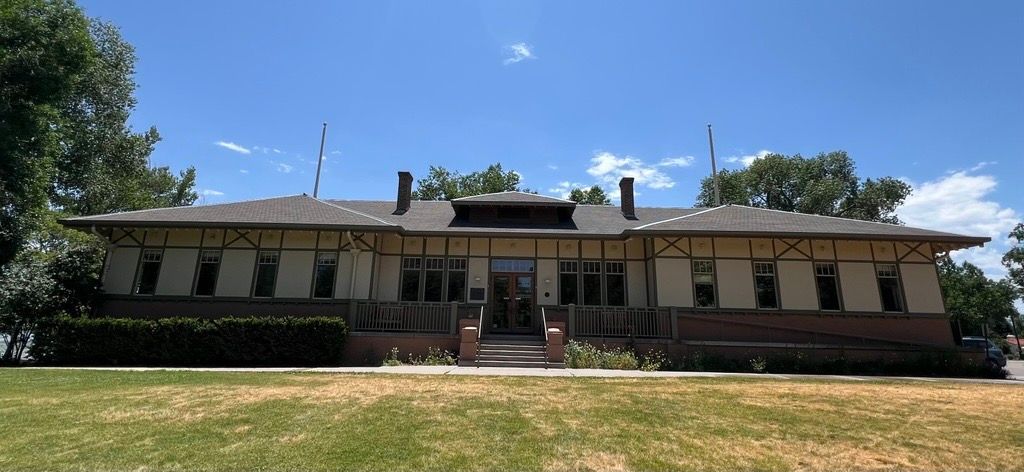
After three meaningful decades, Volunteers for Outdoor Colorado (VOC) will be saying goodbye to our longtime home at the Dos Chappell Bathhouse in Denver's beloved Washington Park. In the early 1990s, VOC signed a 30-year lease with the City of Denver to transform the historic bathhouse in Washington Park into a headquarters that could support our growing mission. With generous support from our community, we launched a capital campaign and raised $700,000 to complete the initial renovations, which were finalized in 1996. Altogether, including the original renovations, VOC has invested more than $1 million in improvements and ongoing maintenance, creating a space that is enjoyed by our staff, volunteers, and the broader Washington Park community. In 2000, the building was renamed in honor of Dos Chappell, VOC’s former Executive Director (1988–1999), whose vision and leadership left a lasting legacy on our organization and Colorado’s outdoor stewardship movement. This space has been more than just an office—it’s been a gathering place, a launchpad for thousands of volunteers, and a visible symbol of our commitment to caring for Colorado.
